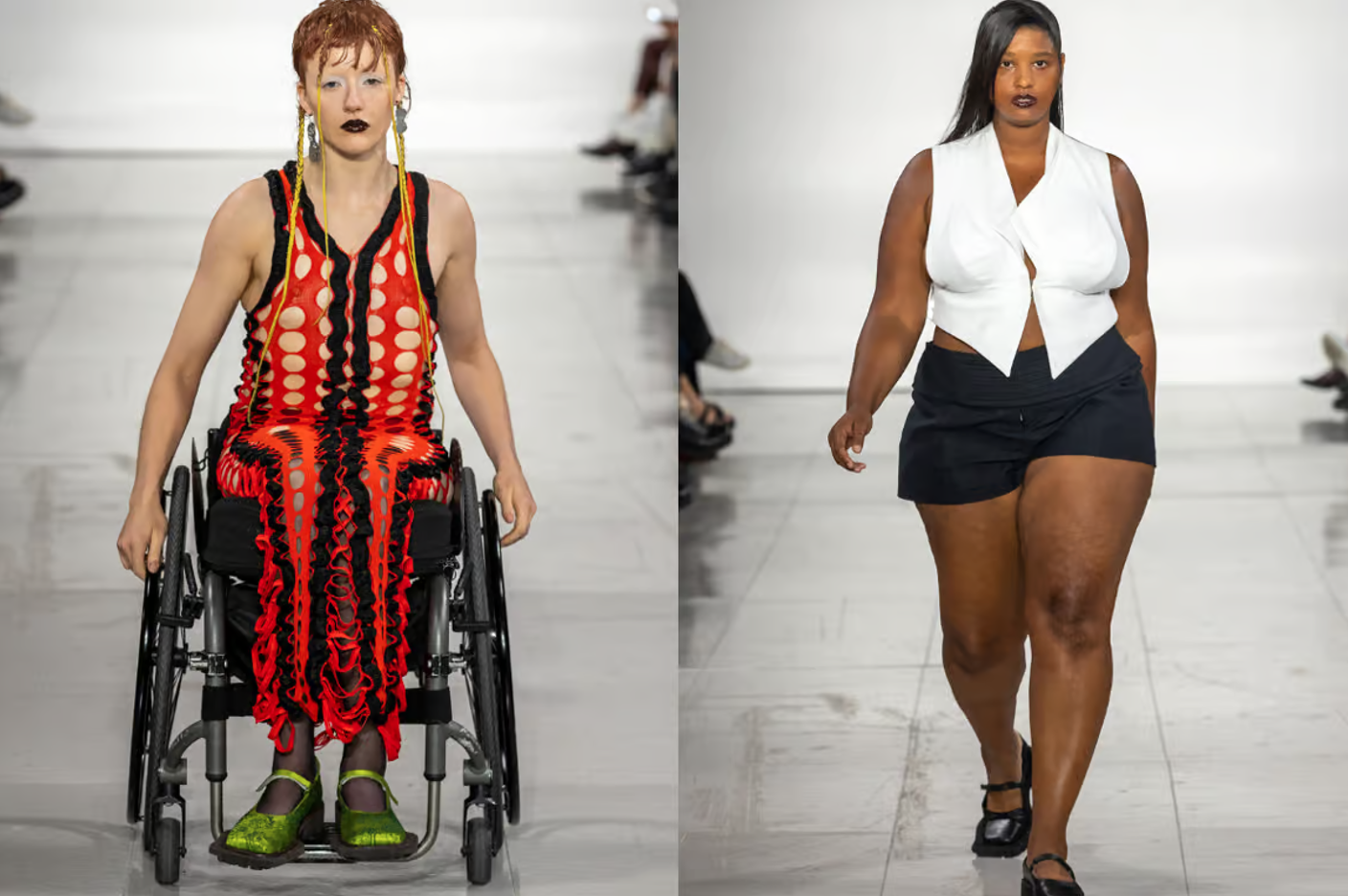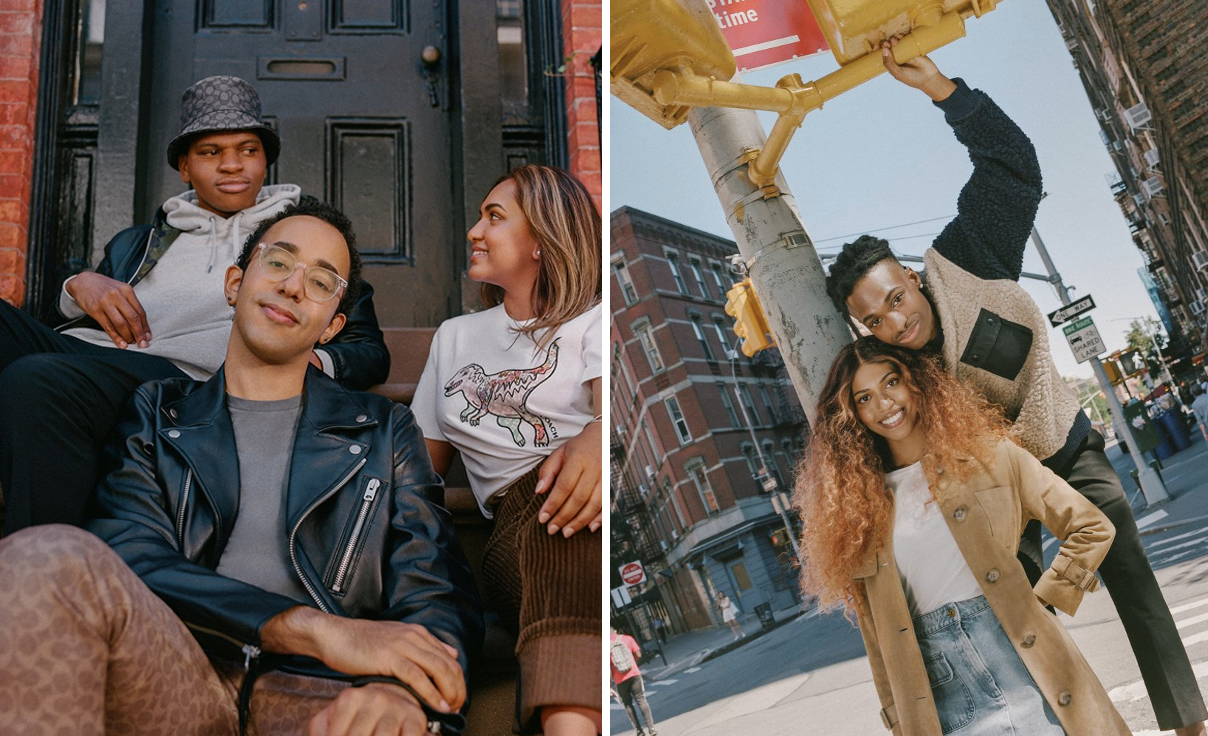
How can luxury evolve to embrace inclusion, diversity and equitability while maintaining its exclusive allure?
The luxury sector’s relationship with inclusivity is complex. In today’s world, brands are expected to have a social purpose, reflect cultural values and operate inclusively.
Traditionally, luxury has thrived on exclusivity and aspiration. Now, it must authentically embrace society’s call for diversity. Highsnobiety research reveals that more than one-third (35%) of younger luxury consumers believe false diversity claims can harm a brand, while more than a quarter (27%) see inauthenticity as a red flag.
Credibility is crucial. Luxury brands must incorporate inclusivity and diversity into their core values, not as an afterthought. In this edition, we explore how brands are adapting to make luxury aspirations more accessible.
Luxury brands are slowly addressing the needs of underserved communities, aiming to close the inclusivity gap through pioneering approaches to disability and adaptive practices. The key is viewing these changes not as adjustments, but as simple equitability – creating products and services that cater for all consumers.
: Changing the Faces of Fashion: Representation is crucial for fostering inclusive brands and cultures. For consumers with disabilities – often excluded from luxury spaces – visibility is the first vital step. Despite 16% of the global population having a visible disability, according to the World Health Organization (WHO), models with visible disabilities appear in only 0.02% of fashion campaigns, according to The Guardian. Notably, fashion designers like Sinéad O’Dwyer are embracing inclusivity by castings models of mixed abilities, sizes and ethnicities.
: Accessible Customer Experiences: Making in-store experiences inclusive is also essential. Empowering customers with disabilities to navigate these spaces independently is even more important. Gucci’s partnership with the accessibility app Aira provides blind and low-vision users with free visual assistance in Gucci stores and offices and at events. The app describes store layouts, potential barriers, and locates product categories, fitting rooms and checkout counters.
: Adaptable Clothing Standards: Creating clothing that is accessible and covetable is another opportunity – helping to shift the adaptive design conversation away from function to blend the worlds of adaptive wear and luxury fashion together. Werable does exactly that – merging artistic inspirations with adaptive features like easy-grip ring zippers, in-seam pockets for medical equipment, magnetic single-hand fastenings and fully adjustable waistbands.
Continue the conversation: What does accessible fashion mean to your clients? Discuss the role luxury could play in ensuring the industry represents all of its consumers.
 Image: Sinéad O’Dwyer spring/summer 2023 fashion show
Image: Sinéad O’Dwyer spring/summer 2023 fashion show
The face of the luxury community is changing. Brands which once upheld a single and exclusive image are changing tack to reflect, serve and empower diverse brand communities, aspiring artisans and social causes – creating a more inclusive luxury eco-system.
: Tapping Community Influences: Younger consumers seek brands that speak their language and authentically embrace social causes. Take Dior’s partnership with Thebe Magugu and the Africa Outreach Project. The LVMH young fashion designer prize winner – the first African recipient of the award – was asked by Dior to create a collection for the charity foundation, with proceeds going to aid youth in South Africa. Similarly, the partnership between Burberry’s International Youth Foundation (IYF) and footballer Marcus Rashford expands opportunities for over 500,000 young people.
: Reflecting Realities: For young luxurians, cultural credibility is driven by stories, belonging and community. A huge 92% of Gen Z luxury buyers participate in an online community regularly, according to Highsnobiety. They crave an authentic representation of brand supporters – favouring labels where they can see themselves – and each other. The World’s Borough campaign by Aimé Leon Dore reflects this drive. The brand’s first edition in its native Queens, New York, brings together the multicultural communities that inspire the brand.
: Housing Art Communities: There is an opportunity for luxury brands to support their communities in the face of social challenges. With rents in London soaring amid the cost of living crisis, the Loewe Foundation is partnering with Studio Voltaire to ease pressures for young artists. The scheme provides seven recipients of the award with a rent-free studio space in South London for two years.
Continue the conversation: Discuss the social causes your clients care about. How could Dior use its heritage and history to support these causes authentically?
 Image: Dream It Real initiative by The Coach Foundation
Image: Dream It Real initiative by The Coach Foundation
Diversity, equity and inclusion initiatives are striving to go beyond tokenism to enable real transformation. Luxury brands are focusing on collaboration and transparency to foster positive change for the next generation of talent.
: Collaborating for Gender Equality: To demonstrate transparency and accountability, luxury brands are teaming up with external organisations committed to social betterment. In April 2024, Dior and UNESCO came together for its latest global conference celebrating education, equity, inclusion and gender equality. Leaders from the LVMH Group, Maison Dior and UNESCO spoke at the event to advocate for women’s rights and empowerment in a range of areas.
: Progress beyond Performativity: The British Fashion Council’s inaugural DEI report uncovered the discrepancies between how inclusive brands think they are – and the reality. Of the white men who responded to the UK survey, only 14% believe the industry is not diverse, while this number rose to 54% for women of colour and 48% for people with disabilities.
LVMH’s It’s Everyone’s Business is a series that aims to uncover the diverse realities of the luxury conglomerate, showing the challenges of the workforce – which spans 190 nationalities, four generations and 80 countries – in their own words in a bid to promote transparency and understanding.
: Empowering Inclusive Talent: Providing diverse individuals access to the industry is another challenge. Luxury fashion must recruit talent from various backgrounds for success. Coach, for example, has awarded 5,279 scholarships to overcome economic barriers and supported over 170,000 students globally through its Dream It Real initiative. Coach also combats nepotism by pairing students with mentors from Coach and Tapestry to help them break into the industry.
Continue the conversation: Discuss your clients’ relationship with brands and their environmental, social and governance (ESG) outputs. How does this affect their image of a brand and brand loyalty?
Trends intelligence, research, and insights – on demand. Actionable foresight across 20+ sectors.
Book a demo to view the platform.